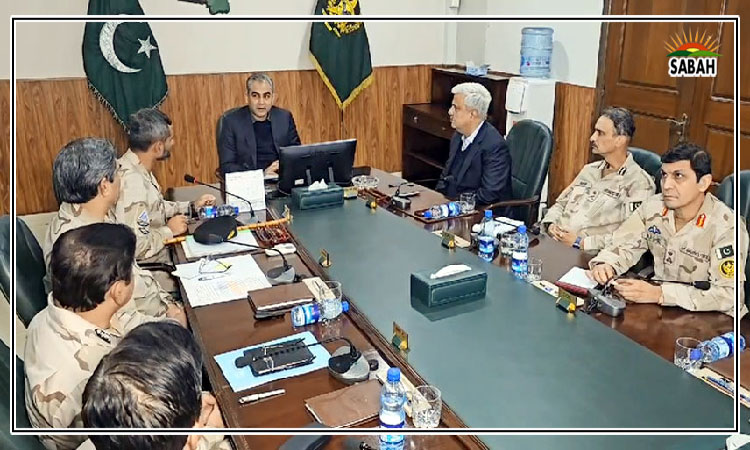Pakistan’s TTP blunder….Kamran Yousaf
The suicide attack in Islamabads residential area on December 23 was a grim reminder that terrorism is raising its ugly head again. It was not a surprise for those who follow the resurgence of the banned Tehreek-e-Taliban Pakistan (TTP) since the Afghan Taliban returned to power in neighbouring Afghanistan. The number of attacks in the Khyber-Pakhtunkhwa has gone up significantly since the Taliban returned to power in Kabul. The erstwhile tribal areas have been witnessing TTP sponsored attacks on a daily basis. Reports of such attacks have not made it to the mainstream media because they are preoccupied with political developments or they are under the illusion that the urban centres are safe.
However, the attack in Islamabad should have been the wakeup call for all those who were taking the TTP threat lightly. The question everyone wants to know is: how is the dreaded terror outfit, which was successfully driven out and eliminated, staging a comeback? It is a legitimate question since many in power circles celebrated the return of the Afghan Taliban hoping that this would end Pakistans security woes. The optimism stems from the fact that an Afghan Taliban government would be Pakistan-friendly and a change of government would end space for hostile elements, including RAW, in Afghanistan to exploit the situation.
Pakistan was confident that the Afghan Taliban would take care of their security concerns. It was because of this reason that Pakistan accepted the Afghan Taliban offer of seeking talks with the TTP and its affiliates. The process led to a ceasefire and raised hopes for a possible peace deal. As part of the confidence building measures, Pakistani authorities allowed a number of TTP members to return to their homes on the pretext of reunification with their families. The understanding was that those fighters would come back unarmed. The evidence, however, suggests that they returned with arms.
The matter was dealt with by the security establishment and civilian and local authorities had no knowledge if those militants were returning in big numbers as part of a deal. That resulted in some clashes between the police and returning militants in K-P. As TTP members started returning from Afghanistan in big numbers, the number of attacks began to rise in K-P districts. This was the first sign that the idea of allowing these people had started backfiring. The presence of militants in K-P, particularly in the Swat region, compelled locals to take to the streets as they feared the return of terror. Authorities tried to downplay the development and K-P ministers said militants returned to see their families. This was a public admission that militants did not sneak into Pakistan but were facilitated.
Those developments alarmed critics and locals who knew that the TTP, like in the past, would use the pretext of peace talks to regroup. But those sitting at the helm dismissed those fears and took the TTP threat lightly. Looking at the situation now it is clear that the strategy to hold talks with the TTP has failed. Those who advocated a peace deal with the dreaded group made a major miscalculation. The cost of that blunder will be huge. In fact the country has started paying the price for that folly. The situation has deteriorated to the extent that a full-scale military operation is now on the cards to reverse the gains of TTP.
Consultations are under way to revisit the strategy towards the TTP after the change of command in Pakistan Army. A major decision, including an operation against the militants in K-P, is expected in the next couple of weeks. While a major policy review may be underway, will those who miscalculated or took the TTP threat lightly after Afghan Taliban takeover be held accountable?
Courtesy The Express Tribune












